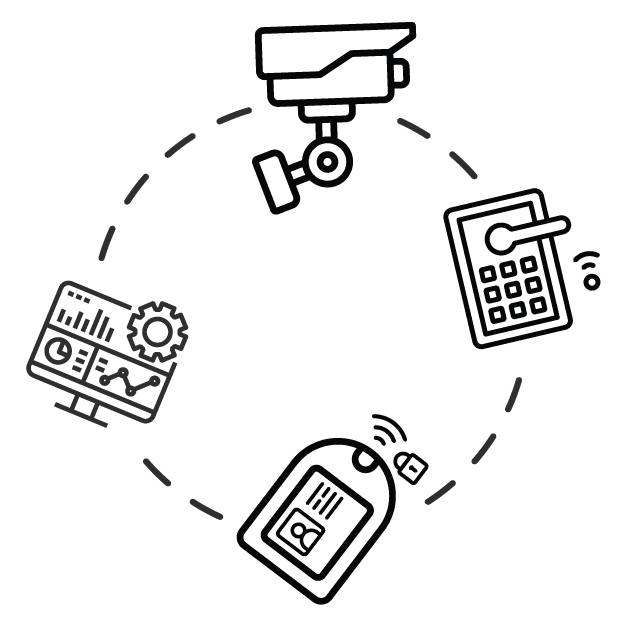Preserving Patient Safety:
The Role of Security Modernization in Aging Hospital Infrastructures

In today’s rapidly evolving healthcare landscape, ensuring patient safety is paramount. As healthcare organizations strive to provide exceptional care, decision-makers and facility directors face the challenge of maintaining patient safety within aging hospital infrastructures.
One crucial aspect of preserving patient safety is the modernization of security systems. In this article, we will explore the pivotal role of security modernization in aging hospital infrastructures and how it can enhance patient safety while meeting the evolving needs of healthcare organizations.

Recognizing the Impact of Aging Infrastructures
Aging hospital infrastructures often present unique challenges that can compromise patient safety. Outdated security systems may lack the advanced capabilities required to address emerging threats effectively. Decaying physical infrastructure, such as malfunctioning doors or outdated surveillance equipment, can lead to vulnerabilities that jeopardize patient well-being. By acknowledging these challenges, decision-makers can prioritize security modernization as a crucial component of their patient safety initiatives.
Comprehensive Risk Assessment
Before embarking on security modernization efforts, conducting a comprehensive risk assessment is vital. This assessment should evaluate potential vulnerabilities within the hospital infrastructure, including physical security gaps and technology deficiencies. By identifying these risks, decision-makers can develop a tailored security plan that addresses the unique needs and challenges of their aging hospital infrastructure.
Integrated Security Systems
Modernizing security systems involves implementing integrated solutions that encompass various aspects of patient safety. These solutions can include access control systems, video surveillance, alarm systems, and emergency response mechanisms. Integration allows these systems to work in harmony, providing a seamless and comprehensive approach to security. For instance, integrating access control systems with video surveillance enables real-time monitoring and rapid response to unauthorized access attempts, enhancing patient safety throughout the facility.
Advanced Visitor Management
Visitor management plays a critical role in maintaining patient safety, particularly in aging hospital infrastructures. Implementing visitor management systems that leverage advanced technologies, such as digital check-ins, ID verification, and visitor tracking, enhances security and prevents unauthorized individuals from gaining access to sensitive areas. These systems also streamline the visitor registration process, improving efficiency while ensuring patient safety remains a priority.
Enhanced Surveillance and Monitoring
Upgrading surveillance systems is a crucial aspect of security modernization in aging hospital infrastructures. High-definition cameras, advanced analytics, and intelligent video management systems enable efficient monitoring and prompt response to security incidents. Video analytics can identify suspicious activities, monitor restricted areas, and detect potential threats, providing proactive security measures that enhance patient safety.
Access Control and Emergency Response
Access control systems are pivotal in maintaining the integrity of sensitive areas within the hospital. Modernizing access control systems allows for enhanced control and monitoring of entry points, ensuring only authorized personnel can access critical areas. Integration with emergency response systems, such as panic buttons and alarms, enables immediate response during security incidents or emergencies, mitigating risks and safeguarding patient well-being.

